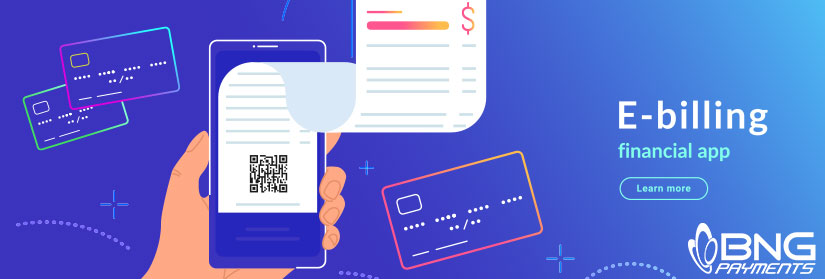
The world of payments is changing, and now merchants are gaining the ability to replace credit/debit card transactions with e-check payment processing. If you’re not caught up on the latest advancements in business technologies, this article will explain how e-check work and if they are a good solution for your business.
For a brief overview, e-checks, otherwise known as electronic checks, are forms of online payment in which money is electronically withdrawn from the buyer’s checking account, then transferred over the ACH network and re-deposited into the business’ bank account.
ACH payment processing and e-check payment processing strategies are very similar in nature, with differences being evident only in terminology. ACH payments (Automated Clearing House payments) and e-check payments (electronic check payments) are interchangeable in name, except when dealing with high-risk businesses. Whether a business is high-risk is determined by how frequently customers request a chargeback or reversal of funds is high due to the nature of the goods or services being provided).
By establishing an ACH merchant account to process payments, a business can withdraw payments for their goods or services directly from their consumer’s accounts. This means you do not have to have the physical card to swipe or pay credit card processing fees.
Electronic check processing works in a similar fashion to paper check processing, but the difference lies in the time taken for both to occur. e-check payment processing typically occurs at a more rapid pace than paper check processing can; saving both time and paper waste in the process. There are four main steps needed for e-check payment processing, and they are listed below.
1. Obtain Customer Authorization. The first step for processing any transaction made via electronic check is to request customer authorization for it. This step may be completed by obtaining customer authorization for a transaction by way of using an online payment form, signed order form, or phone conversation (for recording your customer’s consent to withdraw money from their account).
2. Establish Payment Details. After authorization for an e-check transaction has been obtained, the business inputs the payment information into the online payment processing software (this can be any software rated to handle ACH transactions, and may even be offered for free by your financial institution – inquire with your bank for further details). If the payment in question is recurrent in nature, details of the schedule by which payment should occur are also included in the transaction information.
3. Finalize and Submit Transaction Details. Once all of the payment information has been correctly entered, the business conducting the transaction clicks “save” or “submit” and begins the e-check/ACH transaction process. E-check payment processing is now taken care of on the customer’s end – you are responsible for ensuring the rest of the process goes off without a hitch because the customer has no further role in the transaction.
4. Confirm Payment and Deposited Funds. If all of your customer’s information was correct upon entry, the payment will be automatically withdrawn from the customer’s bank account. Upon sending a payment receipt to the customer via bank statement or email, the online e-check payment processing software deposits the initial payment into the business’ bank account. Transaction time to payment deposit ranges from three to five days.
E-check payment processing is a relatively easy, simple, and waste-less process. Though very similar in nature to paper checks, electronic checks offer easier, more efficient payment processing sure to save your business both time and money in the long run. Because electronic checks fall under the category of being both an EFT (electronic funds transfer) and an ACH transaction, it can be hard to differentiate between EFTs, ACH transactions, and e-check transactions.
Now that you understand the basics of e-check processing, now it’s time to see if it is a good fit for your business, and why you may want to consider implementing this kind of transaction.
First off, because they are similar to paper checks by transferring money from the buyer’s account to a business account, there are fewer fees in transferring money. Unlike with credit cards, which always have interchange costs from the various credit card brands (i.e. Visa, Mastercard, American Express, etc.) e-checks only have a small per-transaction fee and can save businesses hundreds of dollars over the long run.
E-checks can be used to pay for higher-cost items, such as car payments, rent, or mortgage payments; they are also used to pay for services dealing with monthly fees – legal retainers and fitness memberships are two examples. This makes them a very popular form of a recurring payment, and E-check payments can also be called “recurring ACH payments” because they utilize the same network.
If your business is interested in learning more about how to successfully implement an E-check payment processing system, give us a call or send us an email today.
